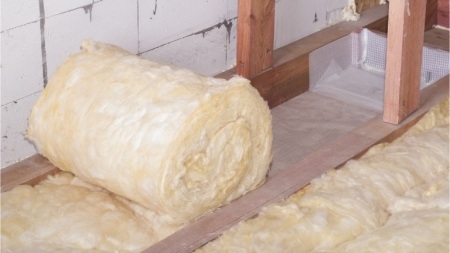
What is low-carbon energy?
Low-carbon energy is:
Energy generated from low-carbon sources such as wind, solar, hydro and nuclear power is better for the planet as it releases less carbon into the atmosphere.
What does the term “low carbon” mean?
The term "low carbon" simply refers to the reduction of carbon dioxide (CO2) emissions. Carbon dioxide is a major greenhouse gas that contributes to global climate change. It is released through various human activities, such as deforestation, burning of fossil fuels, and volcanic eruptions. By decreasing the amount of CO2 we produce, we can contribute to a healthier planet.
The effects of climate change are already apparent, with rising sea levels, melting ice, and higher temperatures across the globe. These changes will have a significant impact on our environment and weather patterns, which will, in turn, affect our way of life.
What are the different types of low-carbon energy?
There are four main types of low-carbon energy: wind, solar, hydro or nuclear power.
Renewable energy sources are good for the environment as they use natural resources such as wind or sunlight to generate electricity. The best part is that renewable energy never runs out, making it an infinite resource. In contrast, fossil fuels are finite and will eventually run out.
It's important to note that wind and solar power are not always available 24/7. That's why we also rely on other sources of energy like nuclear power to meet our energy needs. With a growing population, the demand for energy is increasing rapidly. As a result, it takes a significant amount of energy to power all our homes.
What is low-carbon heating?
Would you like your home heating to have a lower carbon footprint? It's possible with an air source heat pump.
Air source heat pumps extract heat from the outside air or the ground around your home. It works a bit like your fridge – only in reverse. Air source heat pumps are better for the environment and are low maintenance. They also have a long service life, so you won't have to worry about heating your home all year round.
What is a low-carbon lifestyle?
Living in a low-carbon way means not adding to or minimising the amount of CO2 entering the atmosphere. Being energy efficient is one of the most effective ways to reduce your carbon footprint. Living a zero-waste lifestyle ensures you keep your carbon footprint low.
Energy-efficient living
You can help the environment by using less energy in your home. You can do this by keeping an eye on your energy use with a smart meter, cutting down on how much energy you use at home and buying things like energy-efficient bulbs. It can also lower your bills too! Discover all our tips to reduce your energy use.
Zero waste living
You can be kinder to the planet by always reusing where you can. This means not buying single-use items and not buying items like plastic bags or cups. Reuse in your home wherever you can, and watch for what you put in the bin.
Three other ways you can be as waste-free as possible:
- Reduce: only buy things you really need and donate what you can
- Recycle: always recycle what you can in your home, and buy second-hand (clothes or furniture)
- Rot: create a compost system in your garden for food waste
Lowering your carbon footprint
We all have a carbon footprint – it measures how much carbon we put into the world. You can easily measure this, and there are many ways to reduce it.
The main factors contributing to a high footprint are travel, what we eat and energy use at home. See how many times a week you can make these swaps:
- Swapping travelling by car to using public transport, cycling or walking
- Cutting down on meat and swapping for vegetarian or vegan
- Less takeaway meals and cooking more at home, especially batch cooking and storing any extra in the freezer
And you can also look at lowering your energy use and changing to a low-carbon energy provider or tariff. Discover more ways to lower your footprint and what makes it higher or lower.
Your low-carbon journey starts here:
Upgrade your heating to an air source heat pump
Using a heat pump as your primary heating source can be a great idea for many homes! It can offer a lot of benefits and help make your living space more comfortable. However, it is important to note that certain updates to the property may be necessary to ensure the heat pump operates effectively. These updates can include improvements to insulation, changes to radiators, or even modifications to the piping. With better grants and loans now available to homeowners, switching from an old boiler to an air source heat pump system has become increasingly popular as an affordable and low-carbon way to heat homes.
Consider solar panels and batteries for your home
To reduce your carbon footprint, it's worth considering increasing your use of renewable energy sources. Have you thought about installing solar panels on your roof? By doing so, you can harness the sun's power and store it in a battery to use when you need it. This could be a great way to lower your carbon emissions and save on energy costs in the long run.
Discover more about wind power in the UK
We have numerous wind power stations located throughout the UK. Learn more about why we're investing in wind power.
Related articles

ECO+ scheme to help more customers insulate their homes in 2023

What you need to know about the planned RTS meter shutdown
